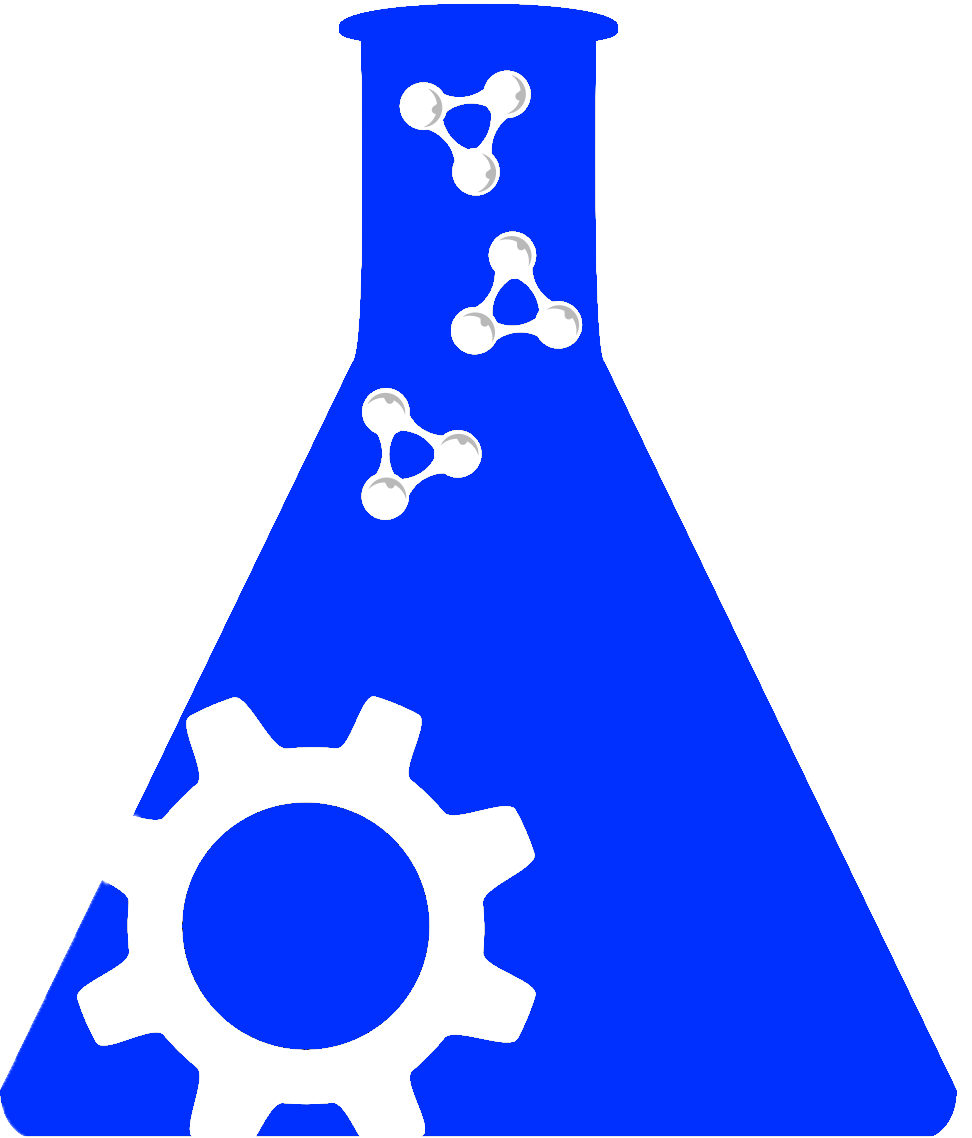Searching across hundreds of databases

Are you sure you want to leave this community? Leaving the community will revoke any permissions you have been granted in this community.
URL: https://heal.nih.gov/research/preclinical-translational/restoring-joint-health-function-reduce-pain
Proper Citation: RE-JOIN HEAL Consortium (RRID:SCR_023514)
Description: Multi institutional consortium working to map network of sensory nerves that connect to temporomandibular joint and knee. Aims to understand how these types and patterns of sensory neuron networks in joints change with disease and aging. Part of larger HEAL consortium, trans agency effort to speed scientific solutions to stem national opioid public health crisis. Joint pain is recognized as contributing factor in the use of opioids.
Abbreviations: REJOIN HEAL
Synonyms: Restoring Joint Health and Function to Reduce Pain
Resource Type: portal, consortium, organization portal, data or information resource
Keywords: Joint pain, sensory nerves, map network, sensory neuron networks in joints, temporomandibular joint, knee joint,
Expand Allis related to |
We found {{ ctrl2.mentions.total_count }} mentions in open access literature.
We have not found any literature mentions for this resource.
We are searching literature mentions for this resource.
Most recent articles:
{{ mention._source.dc.creators[0].familyName }} {{ mention._source.dc.creators[0].initials }}, et al. ({{ mention._source.dc.publicationYear }}) {{ mention._source.dc.title }} {{ mention._source.dc.publishers[0].name }}, {{ mention._source.dc.publishers[0].volume }}({{ mention._source.dc.publishers[0].issue }}), {{ mention._source.dc.publishers[0].pagination }}. (PMID:{{ mention._id.replace('PMID:', '') }})
A list of researchers who have used the resource and an author search tool

A list of researchers who have used the resource and an author search tool. This is available for resources that have literature mentions.
No rating or validation information has been found for RE-JOIN HEAL Consortium.
No alerts have been found for RE-JOIN HEAL Consortium.
Source: SciCrunch Registry